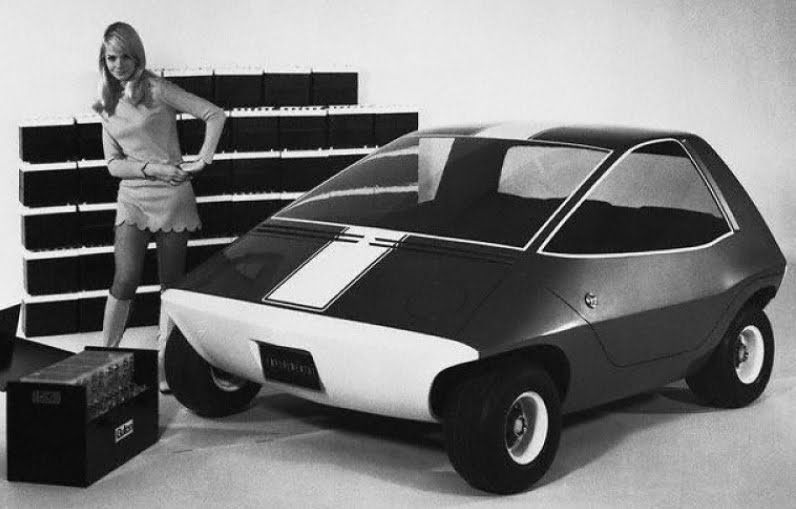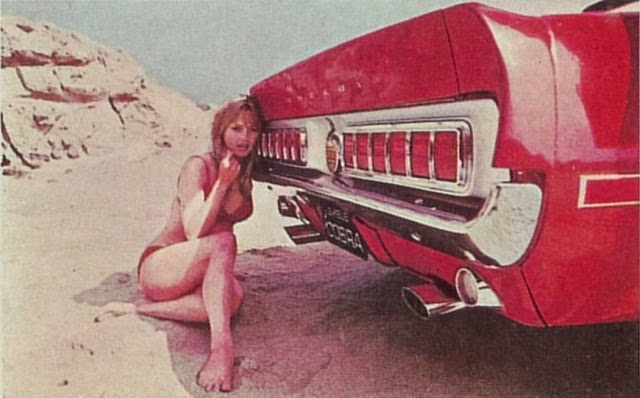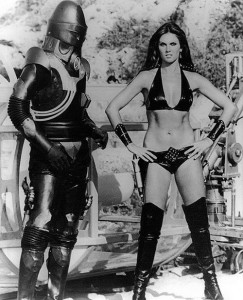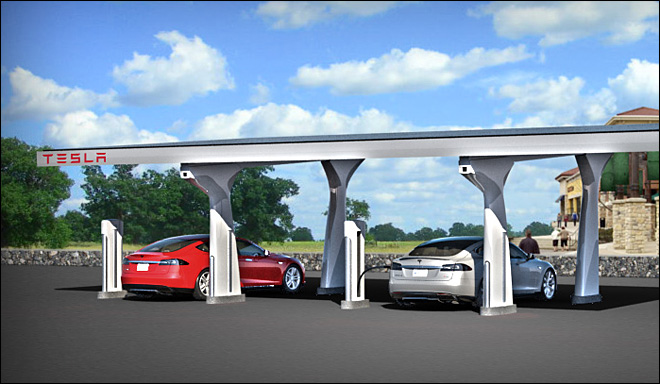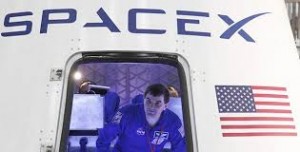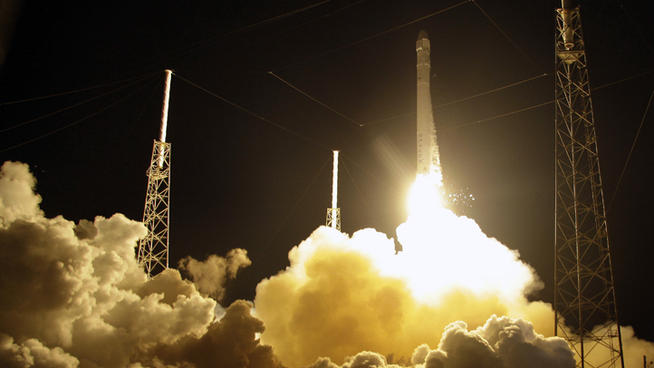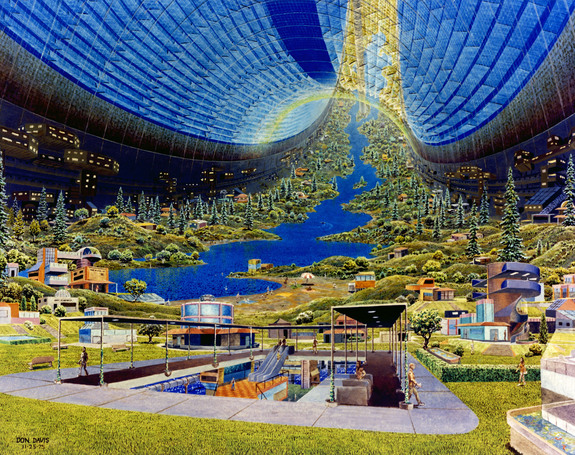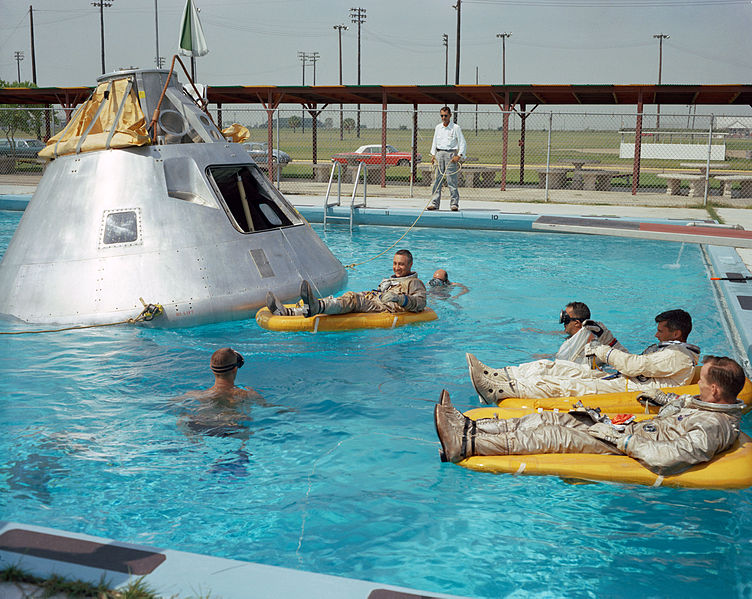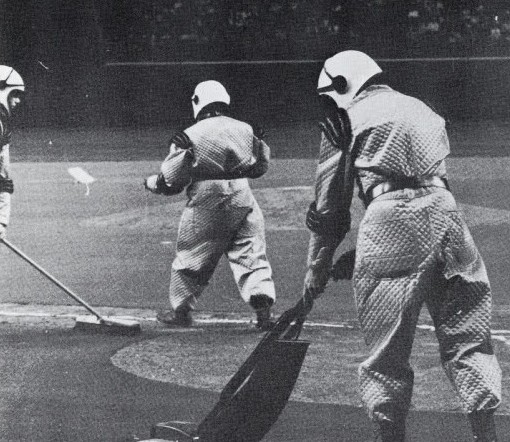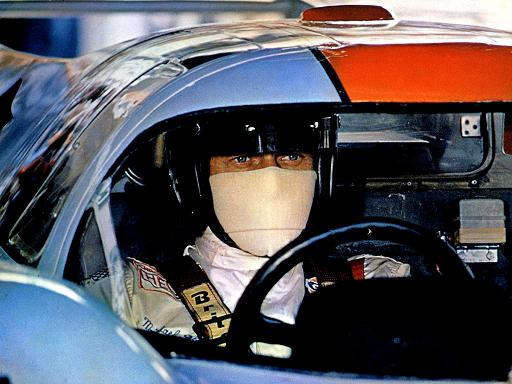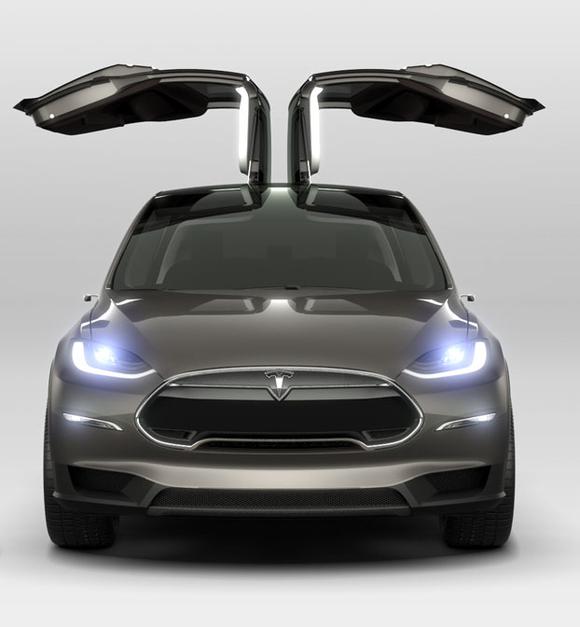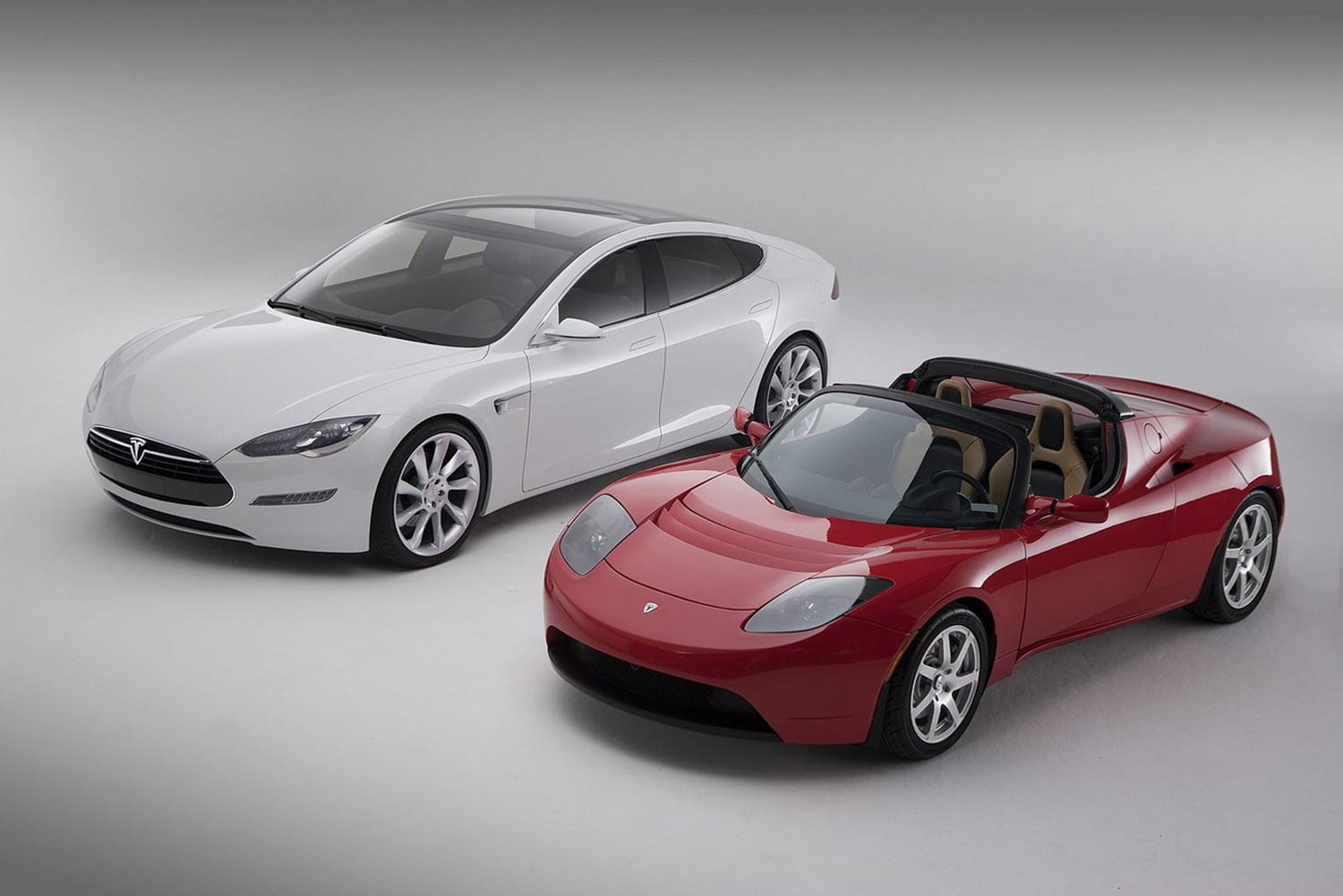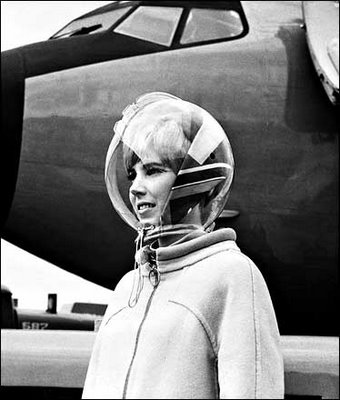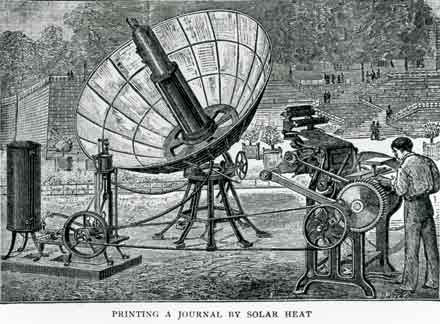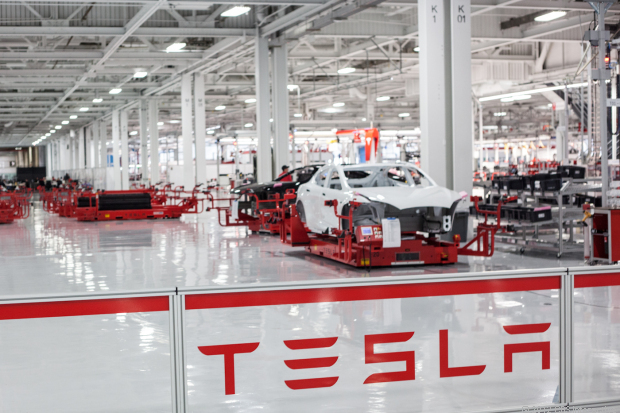The more EV makers in the race with Tesla to create the first widely affordable long-range electric car, the better. Right now Elon Musk’s main competitor in GM; the former cannot lose and the latter can ill afford to. From Steve LeVine at Quartz:
“One of the hottest clashes in technology pits two pathmakers in the new era of electric cars—Tesla and General Motors. Both are developing pure electrics that cost roughly $35,000, travel 200 miles on a single charge, and appeal to the mass luxury market.
The stakes are enormous. Most electrics have less than 100 miles of range. Experts regard 200 miles as a tipping point, enough to cure many potential electric-car buyers of ‘range anxiety,’ the fear of being stranded when their battery expires. If GM and Tesla crack this, sales of individual electrics could jump from 2,000 or 3,000 vehicles a month to 15 to 20 times that rate, shaking up industries from cars to oil, which were until now certain that large-scale acceptance of electrics was perhaps decades away.
It is a substantial gamble for both companies. Tesla CEO Elon Musk has more or less bet his company on the contest. GM’s existence is not in jeopardy if it loses, but the outcome could still determine its place in the next generation of automaking.
The potential prize is not only profit, but outright technology leadership—the intangible aura that made Apple under Steve Jobs an outsized triumph. In this respect, the parvenu Tesla—just a decade old—holds the advantage. Musk’s first two models, with their grace, attitude and electronic showmanship, have dazzled critics, buyers and especially Wall Street. GM has impressed critics, too, with its Chevy Volt, which led the advent of plug-in hybrids, but there are doubts that it can best Musk in direct competition. However, if it can show it is generally Tesla’s equal, it would achieve unexpected street cred, while Musk would appear much more mortal.”

